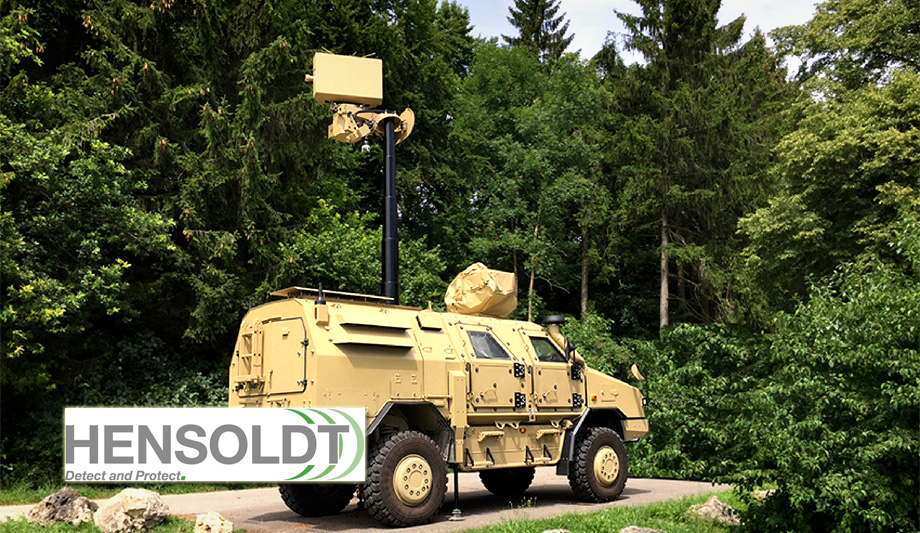The SPEXER 2000 3D radar developed by HENSOLDT proved its excellent detection capabilities; in particular against asymmetric threats, on the occasion of two customer demonstrations under real operational conditions.
“Powerful sensors are essential for protection against asymmetric attacks,” said HENSOLDT CEO Thomas Müller summing up the demonstration results. “Our SPEXER 2000 3D provided proof of its capabilities at a demonstrator level in a direct comparison with radar systems of all sizes.”
Advance warning in emergency situations
During the first demonstration at Putlos military training ground near Fehmarn, the radar, as a ‘mobile platform’ onboard the US destroyer USS James E. Williams, detected live fire in the form of very low flying Milan anti-tank missiles launched from the mainland. And what’s more, it achieved this in record time and with the greatest precision. Thanks to the early confirmation of the direction, velocity and type of threat while the missiles were still over the mainland, and not when they were already over the sea, the ship would have had advance warning of ten seconds in a real emergency situation, which in such cases of threat would have been regarded as nothing less than “comfortable”.
When it comes to protecting field |
The second demonstration took place at a different training ground and involved a wider circle of customers. The task was to detect UAVs of different sizes and flying at different speeds at distances between 100 metres and 5 kilometres. Moreover, a space with an azimuth angle of +/-60° and an elevation angle of more than 10° was to be covered. The same demonstration equipment also passed this test with distinction.
Ground surveillance missions
SPEXER 2000 is optimised for ground surveillance missions. With its high Doppler and velocity resolution as well as its strong clutter suppression, it is able to reliably detect, track and classify very small and slowly moving objects such as pedestrians, but also extremely fast objects such as guided missiles. This means that the system is perfectly suited for early warning of asymmetric attacks. Thanks to the beam control in elevation, the 3D-radar is capable of performing the tasks required for monitoring asymmetric threats flexibly and reliably while in motion (ship, vehicle) or on the ground, thus significantly improving the protection of the troops deployed.
When it comes to protecting field camps or ships in coastal waters, sensor performance needs to be particularly efficient at close range and with regards to suppression of disruptive background echoes – the so-called “clutter”. However, these capabilities are not often provided in the necessary quality by existing military systems, such as large naval radar systems, as they are usually optimised for other parameters.




















